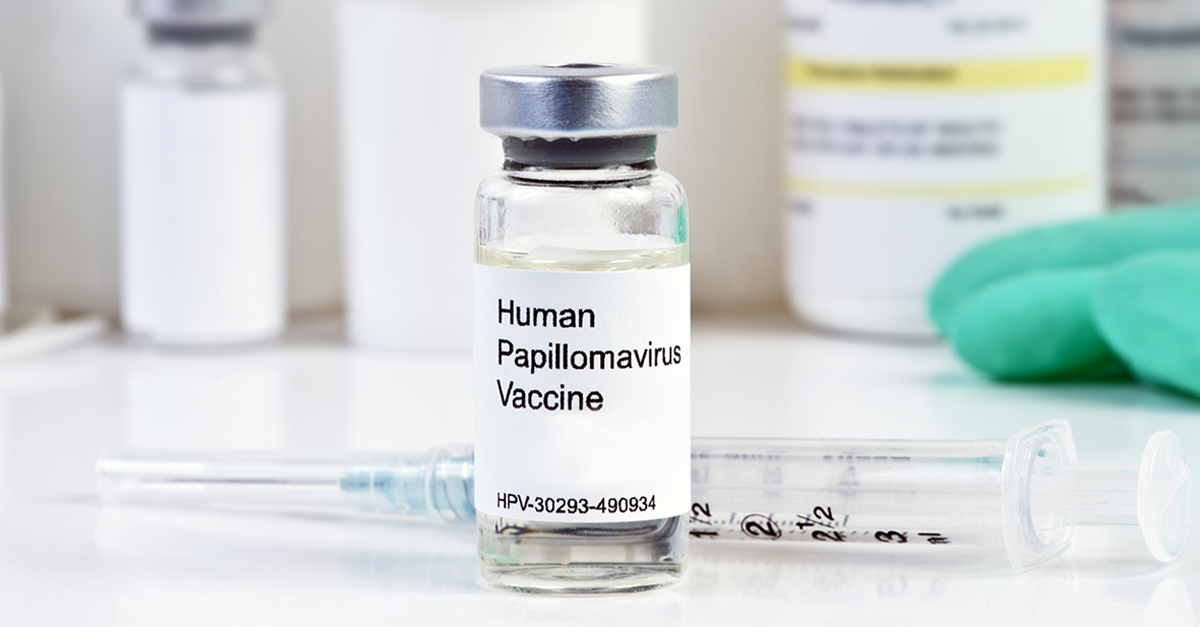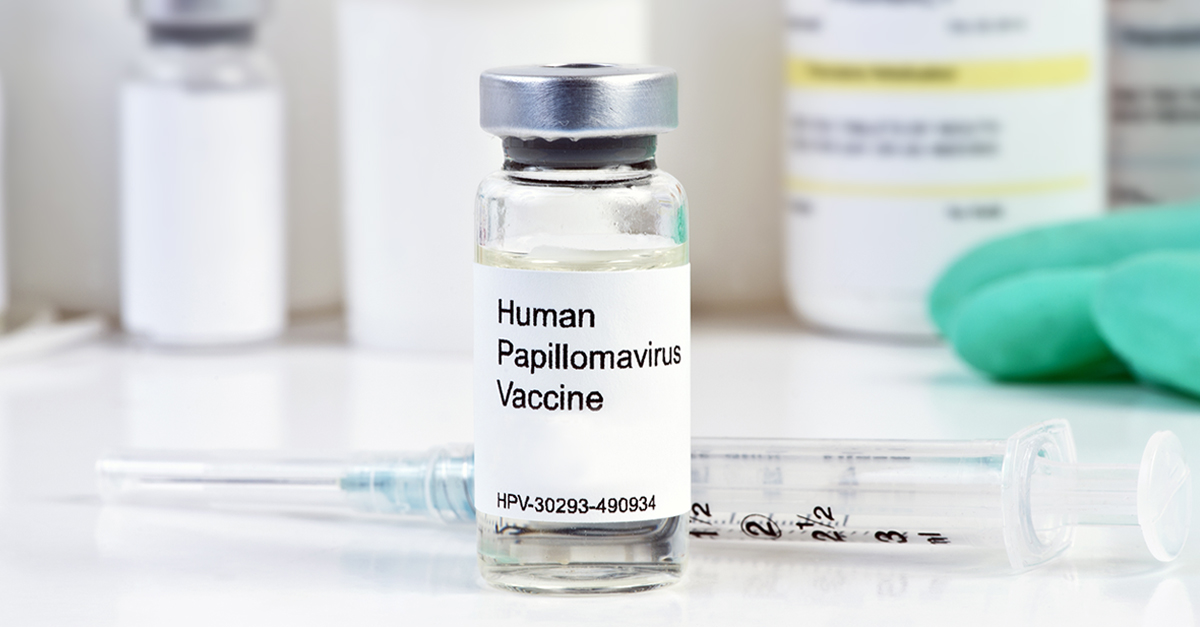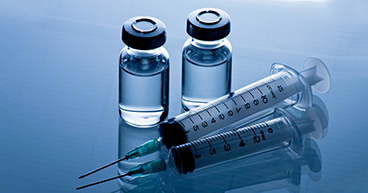
Just because men cannot get cervical cancer doesn’t mean they shouldn’t worry about the disease. Especially considering the role they play in spreading the virus that causes it. A recent study shows that 25 percent of men may carry an aggressive strain of the human papillomavirus (HPV), the virus linked to virtually all cases of cervical cancer. The study of men 18-59 years old, conducted by researchers at Womack Army Medical Center in Fort Bragg, N.C., also concluded that:
- More than 45 percent of men carry some strain of HPV.
- More than 15 percent of vaccine-eligible men carry at least one aggressive strain of HPV.
- Less than 11 percent of men who are candidates for the HPV vaccine have actually received it.
"The overall genital HPV infection prevalence appears to be widespread among all age groups of men, and the HPV vaccination coverage is low," the study's author writes.
Who gets HPV infections?
HPV infects about 14 million American men and women every year, according to the U.S. Centers for Disease Control and Prevention (CDC). Most sexually active men and women will contract one of the more than 150 strains of HPV in their lifetime, many without ever knowing it. Two strains—HPV-16 and HPV-18—cause 70 percent of all cervical cancers. HPV types 6, 11, 31, 33, 45, 52 and 58 also are linked to cancer and/or papillomas, which are warts that often form on the genitals.
HPV is linked to high percentages of all cases of vaginal, vulvar, penile and anal cancers and some forms of oropharyngeal cancer, which develop in the throat, tongue or tonsils. According to the CDC, nearly 18,000 women and more than 9,000 men are affected by HPV-related cancers every year. "The incidence of HPV-related cancer, including head and neck cancer and anal cancer, is rising in the United States," says Dr. John H. Farley, a Gynecologic Oncologist at our hospital near Phoenix and Chief of the Division of Gynecologic Oncology at Cancer Treatment Centers of America® (CTCA). "These cancers are not gender-specific. Also, the vaccine prevents the acquisition of genital warts, which can also be a devastating problem."
Preventive power of vaccines
Research has shown that the HPV vaccine may prevent cervical and other cancers, as well as genital warts. A study, published in the March 2016 issue of the medical journal Pediatrics, found that the prevalence of HPV infections among girls 14-19 years old dropped from 11.5 percent to 4.3 percent since the vaccine was first recommended in 2006. The CDC recommends that boys and girls get the HPV vaccine as part of a routine inoculation when they are 11 or 12 years old. Last year, the CDC reduced the recommended vaccination schedule from three doses to two, six to 12 months apart. The vaccines, offered under the brands Gardasil®, Gardasil 9® and Ceravix®, are recommended for girls and women up to 26 years old and for boys and men up to 21.
Despite the recommendations, and the research on their potential benefit, the vaccination rate remains low, especially among boys and men. In 2013, only 14 percent of boys received the recommended dosage of the vaccine. The results of the Fort Bragg study underscores the need for boys and men to receive the vaccine, says Dr. Justin Chura, Chief of Surgery and Director of Gynecologic Oncology and Robotic Surgery at our hospital in Philadelphia. "Vaccinating boys for HPV is important for prevention of HPV-related cancers such as anal cancer and throat cancer in men," Dr. Chura says. "Vaccination of boys may also help prevent them from passing on HPV to their partners later in life. Unfortunately, boys are significantly under-vaccinated for HPV compared to girls, but there is room for improvement for both sexes."



